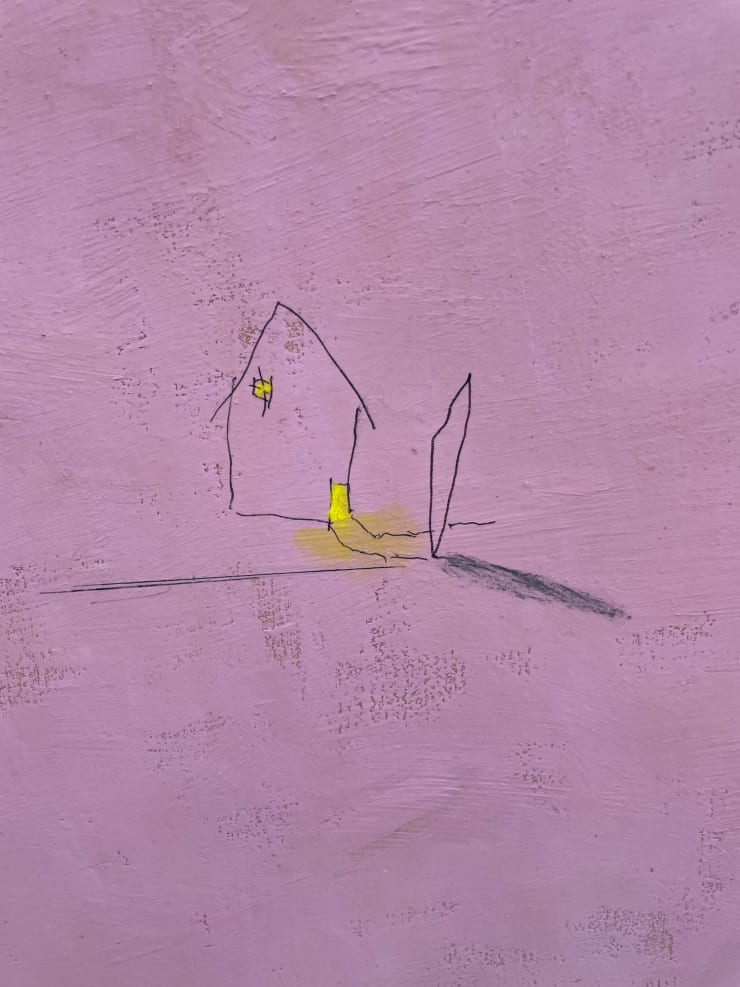al-Jabr: The Compendious Book on Calculation by Completion and Balancing is an Arabic mathematical treatise, written in Baghdad around 820 CE by the Persian polymath Muhammad ibn Musa al-Khwarizmi.
It was a landmark achievement in the history of mathematics serving as both the eponymous work and fundamental etymology of the word ‘algebra’ which was later adapted from the Medieval Latin term ‘algebraica’, from al-Jabr.
The al-Jabr text also introduced the fundamental concepts of reduction and balancing to mathematics and the transposition of subtracted terms to the other side of an equation, or rather the cancellation of like terms on opposite sides.
It was eventually translated into Latin by Robert of Chester in 1145 AD and was used until the sixteenth century as the principal mathematical textbook employed by European universities.
*
I first came across the term used to describe algebra in my middle years at school.
But even as I struggled with its application (I couldn’t make head or tail of this particular branch of mathematics) I was fascinated by the phrase ‘restoration or re-union of broken parts’, used by its inventor to describe al-Jabr’s function.
Algebra described in this way became, at least in my mind, enmeshed in humanist poetics, and I imagined it as a subject of discussion by white-robed Sufi sages, as they gathered around fountains set amidst groves of exotic fruit and perfumed flowers.
This scenario simply constituted the substance of my daydreams and whilst my fellow students gained a knowledge of algebra I inwardly grappled with al-Khwarizmi’s mysterious description of his discovery.
*
A close family member fell ill in late 2022 and I cared for her in my home in Mildura during most of last year.
Consequently I was able to be in my studio only late at night, and even then all I was capable of doing was simply sit and breathe.
This went on for many months and one evening, as I sat in the studio’s stillness, I became suddenly aware of the chaotic flow of half-realized ideas and projects that lay before me.
From my chair I looked upon a veritable sea of unused materials and useless utensils; dried out tins and tubes of paint, pencils and pens, jumbled stacks of books, faded photographs and piles of documents, catalogues and old letters, all covered by several layers of accumulated red Mallee dust.
In that instant the true nature of this chaotic tide was revealed to me, as I finally accepted the fact that each of its components, large or small, had through my own neglect simply become aspects of unused potential, disconnected from any vision each had originally been a part of, and certainly from any coherent whole. In short, everything in my studio seemed to be now fragmented and broken off from everything else.
In the very same instant I came to understand the deeper meaning of algebra, albeit through the filter of my sense of self as an artist who had continually attempted to make sense of disconnection by seeking to reunite the brokenness around and within me. After all wasn’t this what I had been attempting to do during the previous year, as I deeply engaged with the task of restoring the fractured health of a loved one to wholeness?
Sixty years of fascination with algebra’s description now suddenly made sense to me; if algebra constitutes the art of restoring wholeness to what has been fragmented then its guiding principle might also accurately describe the quest many artists undertake through their life-journey. And isn’t attempting to restore wholeness to whatever has been broken the most worthwhile of quests?
As I looked deeper and further into the studio’s archaeology I spied a large number of dusty and battered plywood panels jammed into a corner, long forgotten and their potential neglected.
I walked over and inspected them more closely: on each of their surfaces they bore the evidence of a former existence as the flesh and bones of multitudes of living trees that subsequently had been broken, dismembered and then compressed into plywood panels.
I picked up the panel closest to me and stood it against the wall; I moved my chair very close to it, sat down and examined it, taking in each small detail.
On its surface I could see some of the accumulated evidence of the wounds its origin-body had suffered: saw-marks, gouges, splits and bruises, the stars in its firmament permanently spent, the quintessence of its growing seasons now eternally enfeebled.
As I began to remove some of the dust and grime many previously unnoticed aspects of its dissolution began to appear, not only upon its skin but deeper somehow, within the very heart of the wood.
I then wondered if the dismemberment process might not somehow be reversed, perhaps through restoring lost vitality to each of these shrouds.
And then a subsequent thought arose: might not all these indications of past wounds be in fact the cogent beginning points for a series of philosophical narratives, homaging both al-jabr and its consequent universal poetics? Might they not be the lamps that illuminate the uncertain path to re-unified life?
I placed the panel on my easel, switched off the studio lights and gradually opened my eyes wider and wider into the darkness.
domenico de clario
january 2024




